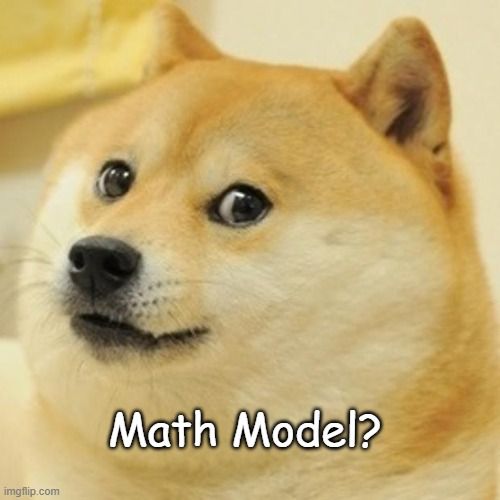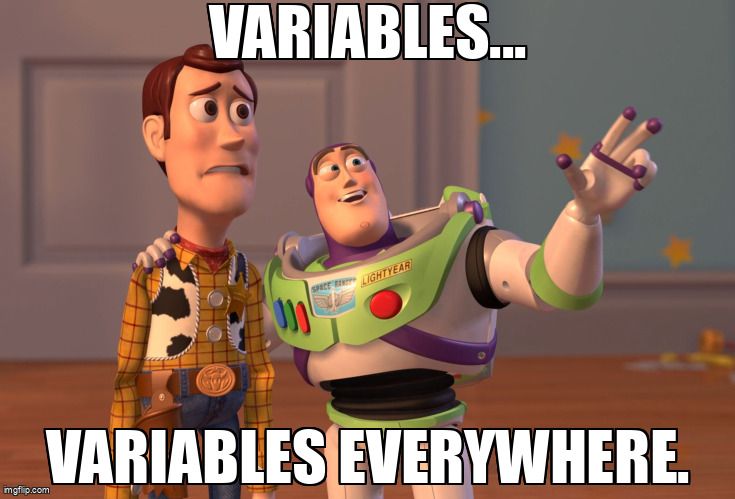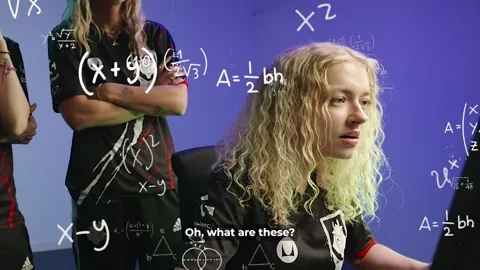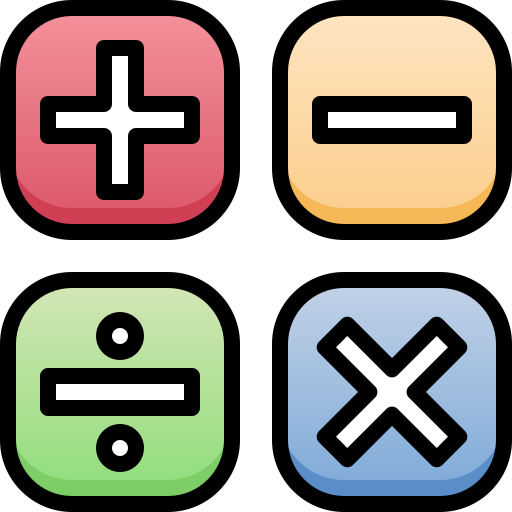
This logo isn't an ad or affiliate link. It's an organization that shares in our mission, and empowered the authors to share their insights in Byte form.
Rumie vets Bytes for compliance with our
Standards.
The organization is responsible for the completeness and reliability of the content.
Learn more
about how Rumie works with partners.
Have you ever wondered how scientists predict the weather, how engineers design safer bridges, or even how movie recommendations on Netflix are so accurate? It’s not magic — it’s mathematical modelling!
Mathematical modelling is like being a detective who uses math instead of a magnifying glass. It’s all about solving real-world problems by creating equations, analyzing data, and making predictions.

Learning mathematical modelling is like unlocking a superpower! It helps you tackle challenges in the world around you and make a real difference.
Mathematical Modelling: The Basics
Mathematical modelling uses math to solve real-world problems by creating a "map" with numbers, equations, and logic to understand and predict outcomes. It helps simplify complex situations, like reducing traffic or predicting a virus's spread, to find smart solutions.

Here’s how mathematical modelling works:
Spot the problem: Choose a real-world issue that you want to solve.
Break it down: Simplify the problem into smaller parts and understand how they connect.
Define the variables: Identify the key things that can change in the problem.
Build the equations: Use math to show how the variables are related.
Solve and explain: Solve the equations and explain what the results mean in real life.
Did you know?
Step 1: Spot the Problem
Every great mathematical model starts with identifying a real-world issue you want to explore or solve.
Choose a problem: Look for something meaningful to you, like reducing traffic jams, saving energy, or predicting trends.
Think real-world: Problems in areas like the environment, economics, health, or technology are perfect starting points.
Stay curious: The more interested you are in the problem, the more fun it will be to work on!

Step 2: Break It Down
Big problems can feel overwhelming, so breaking them into smaller, manageable parts is key.
Identify components: List the parts of your problem, like objects, events, or ideas. For example, traffic flow includes roads, vehicles, and stoplights.
Understand interactions: Think about how these parts affect each other. Do more cars mean longer delays? Does better timing of lights improve flow?
Keep it simple: Start with just a few parts — complexity can come later.

Step 3: Define the Variables
Variables are the parts of your problem that you’ll measure and study. A variable is anything that can vary or change, like time, speed, or cost.
Find your variables: Ask, “What things in this problem can change?” Write them down.
Be clear: Give your variables clear names. For example, traffic flow can have variables such as the number of cars on a road (n) and the average speed of a car (v).

Step 4: Build the Equations
Equations are like the rules of the game. They show how your variables connect and behave.
Relate your variables: Think about how each variable influences the others. Does one increase as another decreases?
Write simple equations: Use basic math concepts to describe these relationships. Start small and try not to overcomplicate it!
Ask for help: Teachers, online resources, or friends can guide you if you’re stuck.
Continuing with the traffic flow example, we can form an equation such as:
v=60−5n where v (in km/h) decreases by 5 km/h for every additional 1,000 cars (n).
When n=0 (no additional cars), the speed v=60 km/h.

Step 5: Solve and Explain
This step turns your math into meaningful answers that help explain your problem in the real world.
Do the math: Use tools like calculators, spreadsheets, or software to solve your equations.
Check your results: Ask yourself, “Do these answers make sense for the problem?”
Explain the meaning: Share what the results mean in plain language. For example, “If the recycling rate goes up by 20%, waste will decrease by 30%.”
For the traffic flow example:
(v=60−5n), with 6,000 cars, the average speed would be v=30 km/h.
This is because n=6 (for 6000 additional cars), so the speed v is 60-30 km/h.

Scenario: Reducing Cafeteria Wait Times
Your school wants to reduce the time students spend waiting in line at the cafeteria. You’ve decided to create a mathematical model to help improve the efficiency of the lunch service.
You’ve identified the following variables:
S: The number of students buying lunch each day.
T: The average time it takes to serve one student.
C: The number of cafeteria staff working during lunch.
 Photo by Jeswin Thomas on Unsplash
Photo by Jeswin Thomas on UnsplashWhich of the following equations would best represent the total waiting time (W) for all students?
A. W = S × T ÷ C
B. W = S + T − C
C. W = (S × T) + C
D. W = S ÷ T ÷ C
Quiz
Which of the equations would best represent the total waiting time (W) for all students?
Multiplying S by T gives the total time needed to serve all students, and dividing by C accounts for the fact that more staff members reduce the waiting time per student. The correct equation is therefore W = S × T ÷ C.
Take Action

Mathematical modelling is all about trying, learning, and improving.
Practice mathematical modelling right now!
This Byte has been authored by
Nazreen Mohammed
Learning Designer